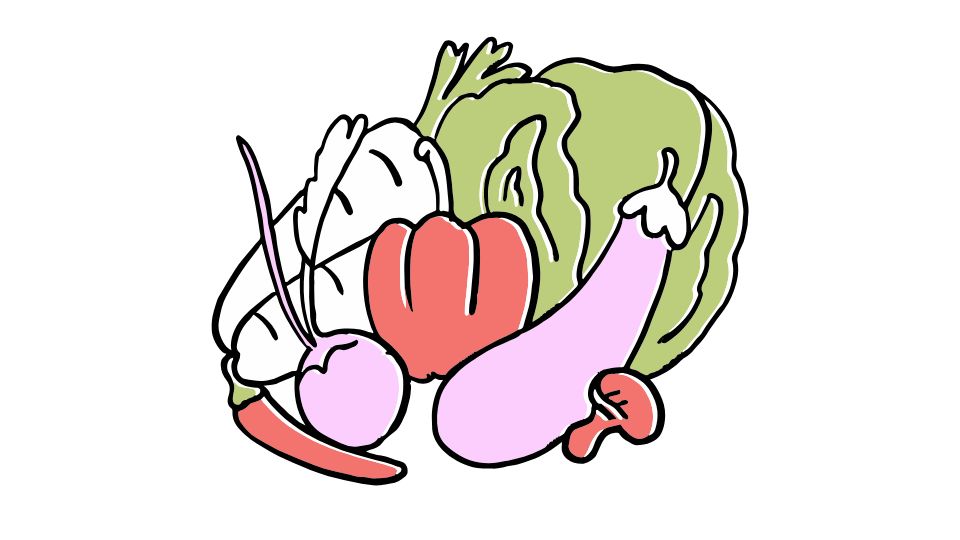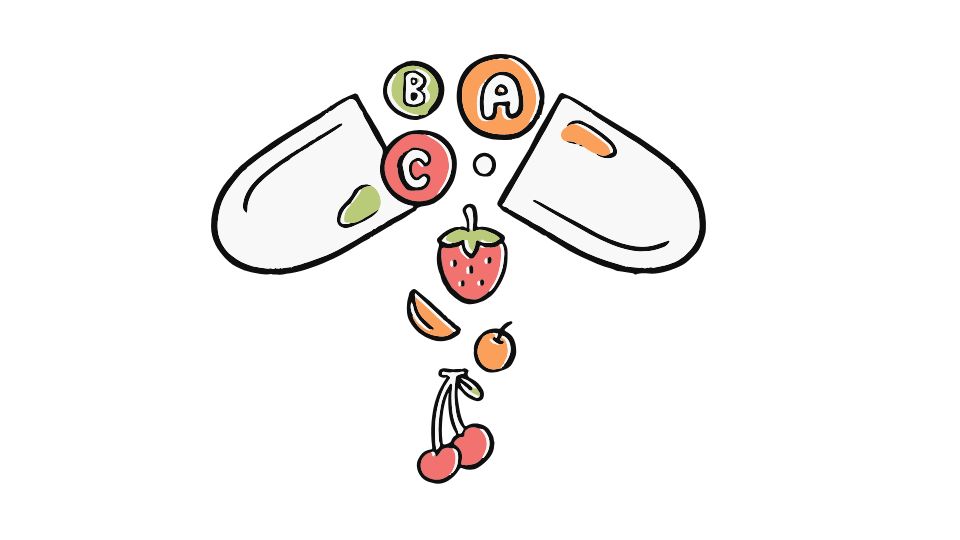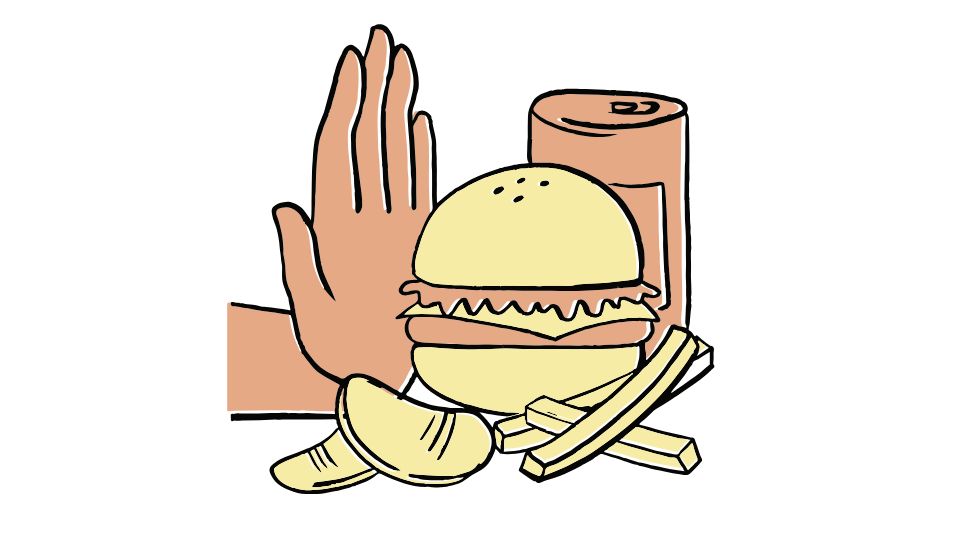Ever wondered why your doctor, nutritionist, or that annoyingly fit friend keeps telling you to track your food?
It’s not because they want you to obsess over every calorie (though some people definitely take it there). It’s because meal tracking is one of the most powerful tools we have for actually understanding what we put in our bodies.
I used to think I ate “pretty healthy” until I tracked my meals for a week. Turns out, my “small handful” of trail mix was actually half a day’s worth of calories, and my “balanced diet” was missing about half the protein I needed.
The truth? Most of us have no idea what we’re actually eating. And if you don’t know what you’re eating, it’s pretty hard to make meaningful changes to your diet.
So let’s break down meal tracking – not as a diet obsession, but as a tool for awareness, accountability, and making food choices that actually support your goals.

What Exactly is Meal Tracking?
Meal tracking means recording what you eat and drink throughout the day. But it’s not just about counting calories (though that can be part of it).
Good meal tracking looks at:
- What you eat
- How much you eat
- When you eat
- The nutritional content (especially macronutrients like protein, carbs, and fats)
Think of it like checking your bank account. If you never look at your spending, you might think you’re being financially responsible until suddenly you’re broke. The same applies to your “nutrition account.”
Benefits of Tracking Your Meals

1. You can’t improve what you don’t measure
The most powerful benefit of meal tracking is awareness. Most people dramatically underestimate how much they eat and overestimate how nutritious their diet is.
In one study from Cornell University, participants underestimated their calorie intake by 20-40%. That’s like thinking you spent $60 on groceries when you actually spent $100!
Tracking creates awareness of:
- Hidden calories (that coffee creamer adds up!)
- Actual portion sizes (much different than what you might guess)
- Patterns and habits you didn’t realize you had
2. It makes you think twice before eating junk
When you know you have to log that handful of chips or that extra cookie, you become much more accountable to yourself.
It’s like having a tiny nutritionist on your shoulder asking, “Are you sure you want to eat that?”
This isn’t about guilt – it’s about making conscious choices rather than mindless ones. If you decide the cookie is worth it, great! But at least it was a decision, not an automatic hand-to-mouth action.
3. It helps you hit your goals (whatever they are)
Whether you’re trying to lose weight, gain muscle, improve energy, or just eat more vegetables, tracking provides concrete data on your progress.
For example, if your goal is to eat more protein:
- Without tracking: “I think I’m eating more protein?”
- With tracking: “I’ve increased my protein intake from 60g to 90g per day over the last month”
That’s the difference between hoping and knowing.
4. It helps balance your nutrition
Not all calories are equal. Your body needs a balance of:
- Proteins (for muscle, hormones, and tissues)
- Carbs (for energy and brain function)
- Fats (for hormones, cell membranes, and nutrient absorption)
- Micronutrients (vitamins and minerals)
Tracking helps you see if you’re getting the right balance for your goals and needs.
5. It reveals your food triggers and patterns
By noting when and why you eat, you might discover:
- You snack when bored, not hungry
- You overeat at dinner when you skip lunch
- You crave sugar at 3 PM every day
These patterns are gold for making sustainable changes to your diet.
How to Track Your Meals (Without Going Crazy)

There are several approaches to meal tracking, and the best one is the one you’ll actually stick with:
Paper and Pen Method
The OG approach. Just write down what you eat in a notebook.
Pros: Simple, no tech needed, forces mindfulness
Cons: No automatic nutrient calculation, easy to “forget” to log things
Calorie Counting
Focus specifically on staying within a calorie range.
Pros: Straightforward goal, effective for weight management
Cons: Can lead to choosing low-calorie processed foods over nutritious ones
Macro Tracking
Focus on getting specific amounts of protein, carbs, and fats.
Pros: Ensures balanced nutrition, flexible food choices, popular for fitness goals
Cons: More complex, requires more effort to track
Digital Apps
Using smartphone apps to log foods and automatically calculate nutrients.
Pros: Convenient, accurate, provides detailed nutrition breakdown
Cons: Can become obsessive for some people, may require subscription fees
Most people find that digital apps provide the best balance of convenience and accuracy. The research on digital tracking tools shows they significantly improve dietary awareness and outcomes compared to traditional methods.
Getting Started: A Simple Approach
- Choose your method – Pick an app or notebook that feels right for you
- Start with just tracking – Don’t try to change your diet yet, just observe for a week
- Be honest – No judgment, just data
- Look for patterns – After a week, notice what surprises you
- Pick ONE thing to improve – Maybe more protein, more vegetables, or more water
Remember, the goal isn’t perfection. Even tracking 80% of what you eat will give you valuable insights.
The Psychology of Tracking (Why It Actually Works)

Meal tracking works because it harnesses several powerful psychological principles:
- The Hawthorne Effect – We improve behaviors that we measure
- Cognitive Dissonance – It’s harder to tell yourself you’re eating healthy when the data says otherwise
- Self-Efficacy – Seeing your successful days builds confidence
- Feedback Loops – You get immediate data on your choices
According to research in the Journal of the Academy of Nutrition and Dietetics, consistent self-monitoring is one of the strongest predictors of weight loss success.
Tech That Makes Tracking Easier
Technology has made meal tracking way more accessible than it used to be.
Modern apps can:
- Scan barcodes for instant food logging
- Estimate portions from photos
- Integrate with fitness trackers
- Provide personalized recommendations
Some popular options include MyFitnessPal, Cronometer, and Lose It.
There are even text-based apps that let you simply message what you ate and they handle the tracking. This removes the friction that makes many people quit tracking.
The best app is the one you’ll actually use consistently. Period.
Common Obstacles (And How to Overcome Them)

I don’t have time to track everything
Solution: Start with just tracking main meals, or only track certain days of the week. Some data is better than none.
I feel obsessive when I track
Solution: Focus on food quality and macronutrients rather than just calories. Take planned breaks from tracking.
I forget to log my meals
Solution: Set reminders on your phone, or create a habit stack (e.g., “After I eat, I log my meal”)
Tracking makes me feel guilty about food
Solution: Reframe tracking as data collection, not judgment. There are no “good” or “bad” foods, just information.
Is Tracking Right for Everyone?
Meal tracking is a powerful tool, but it’s not for everyone.
Tracking might be great for you if:
- You’re curious about your actual nutritional intake
- You have specific health or fitness goals
- You tend to eat mindlessly
- You want to improve your relationship with food through awareness
Tracking might NOT be right for you if:
- You have a history of eating disorders
- You become extremely anxious about food choices
- You find yourself becoming obsessive about tracking perfectly
The Academy of Nutrition and Dietetics emphasizes that tracking should feel empowering, not restricting.
In Summary
Meal tracking isn’t about restriction or obsession – it’s about awareness and information. It’s like a GPS for your nutrition journey.
When you know where you are, it’s much easier to get where you want to go.
Start simple, be consistent, and use the data to make small, sustainable changes to your diet. Over time, these small changes add up to major improvements in how you feel, look, and perform.
And remember – you don’t have to track forever. Many people use tracking as a temporary tool to recalibrate their understanding of nutrition and portion sizes, then go back to more intuitive eating with their new knowledge.
So give it a try for just two weeks. You might be surprised by what you discover about your eating habits – I know I was!




Leave a Reply